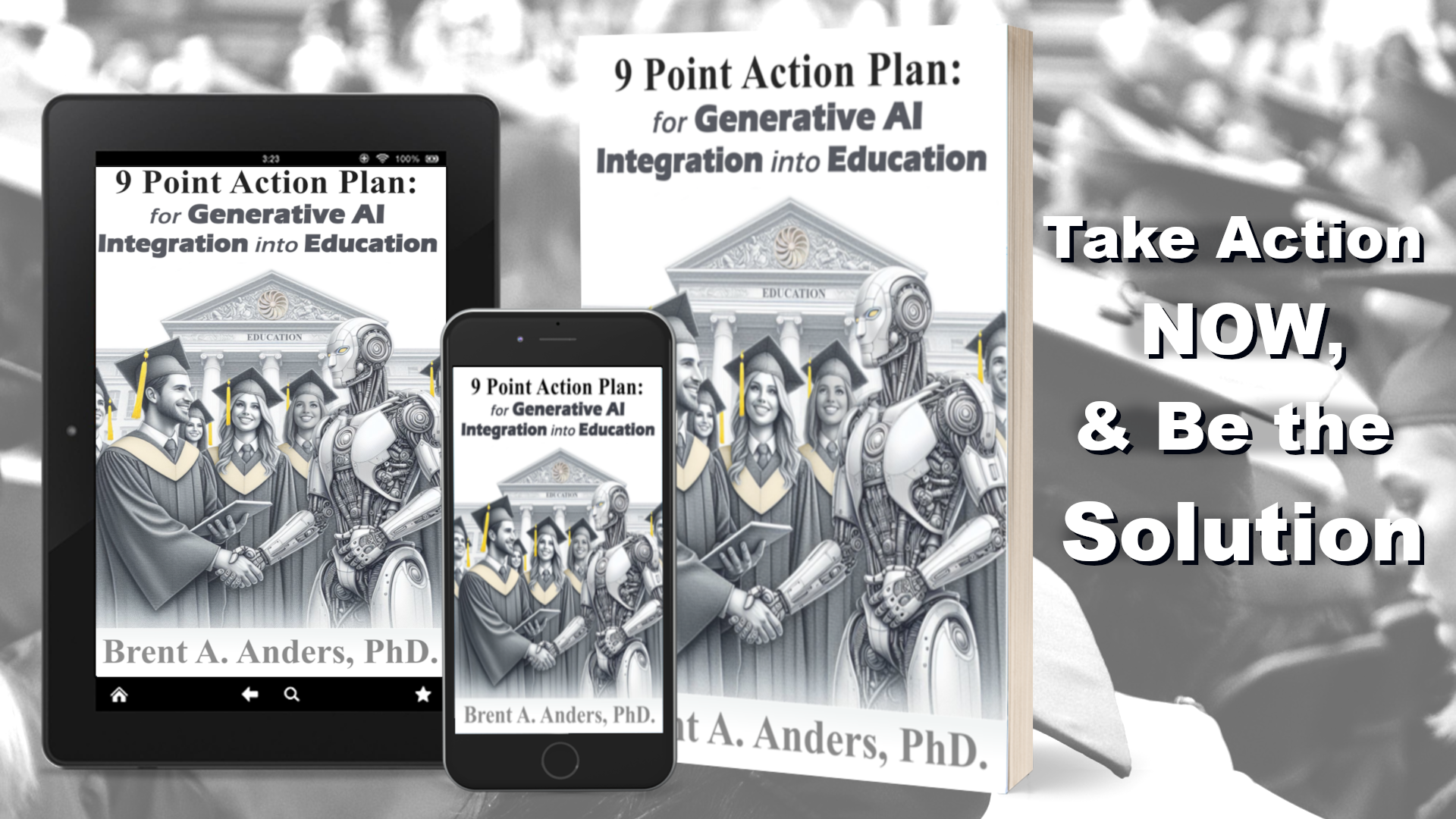by CUPA-HR | April 17, 2024
On April 15, 2024, the Equal Employment Opportunity Commission issued its long-awaited final regulations and interpretative guidance on the implementation of the Pregnant Workers Fairness Act (PWFA). The EEOC states in its press release that the final rule is intended to offer “important clarity that will allow pregnant workers the ability to work and maintain a healthy pregnancy and help employers understand their duties under the law.” It provides guidance to employers and workers “about who is covered, the types of limitations and medical conditions covered, and how individuals can request reasonable accommodations.” The regulations will be published in the Federal Register on April 19 and go into effect 60 days later.
The PWFA, which was signed into law in December 2022, requires most employers with 15 or more employees “to provide reasonable accommodations to a qualified employee’s or applicant’s known limitations related to, affected by, or arising out of pregnancy, childbirth, or related medical conditions, absent undue hardship on the operation of the business of the covered entity.” It passed Congress with strong bipartisan support.
Known Limitations
Under the regulation, “limitations” include both physical and mental conditions related to, affected by, or arising out of pregnancy, childbirth, or related medical conditions. The regulations specify that the definition of a limitation “shall be construed broadly to the maximum extent permitted by the PWFA.” A limitation “may be a modest, minor, and/or episodic impediment or problem” and can be related to current or past pregnancies, potential or intended pregnancies, and labor and childbirth.
The examples of limitations provided in the rule include miscarriage or stillbirth, migraines, lactation, postpartum depression, and pregnancy-related episodic conditions, such as morning sickness, but the list is not intended to be exhaustive. The limitation may be “a need or a problem related to maintaining [the worker’s] health or the health of the pregnancy,” and it “need not be caused solely, originally, or substantially by pregnancy or childbirth.” Related medical conditions can include conditions that existed before pregnancy or childbirth but are exacerbated by the pregnancy or childbirth.
The employee or their representative must communicate the limitation to the employer to receive a reasonable accommodation. The employee and employer should engage in an interactive process to determine if a worker’s limitation qualifies for a reasonable accommodation and the appropriate accommodation.
Reasonable Accommodations
Under the final rule, “reasonable accommodations” have the same definition as under the Americans with Disabilities Act. They include modifications or adjustments to the application process, to the work environment or how the work is performed, and that allow the employee to enjoy equal benefits and privileges of employment as are enjoyed by similarly situated employees without known limitations. It also includes modifications or adjustments to allow a covered employee to temporarily suspend one or more essential functions of the job.
The rule provides several examples of reasonable accommodations that may be appropriate under the act. These include but are not limited to additional breaks, allowing the worker to sit while they work, temporary reassignment or suspension of certain job duties, telework, or time off to recover. Leave can be requested even if the employer does not offer leave as an employee benefit, the employee is not eligible for the employer’s leave policy, or the employee has used up their allotted leave under the employer’s policy.
Reasonable accommodations are limited to the individual who has a PWFA-covered limitation; it does not extend to an individual who is associated with someone with a qualifying limitation or someone with a limitation related to, affected by, or arising out of someone else’s pregnancy, childbirth, or related medical condition. The regulations specifically clarify that “time for bonding or time for childcare” are not covered by the PWFA.
Undue Hardship
The rule explains that an employer does not have to provide a reasonable accommodation if it would cause an “undue hardship,” or a significant difficulty or expense. The rule includes a variety of factors that should be considered when determining if a reasonable accommodation would impose an undue hardship, including the nature and net cost of the accommodation; the overall financial resources of the facility or covered entity; the type of operations of the covered entity; and the impact of the accommodation on operations, including on the ability of other employees to perform their duties or the facility’s ability to conduct business.
The rule provides several factors to consider when analyzing whether an accommodation involving the temporary suspension of essential functions of the position qualifies as an undue hardship. These include the length of time the employee will not be able to perform the essential function; whether there is work for the employee to accomplish; the nature of the essential function; the employer’s history of providing temporary suspensions to other, similarly situated employees; whether other employees can perform the functions; and whether the essential functions can be postponed.
Other Provisions
The rule also encourages “early and frequent communication between employers and workers” in order “to raise and resolve requests for reasonable accommodation in a timely manner.” Employers are also instructed that they are not required to request supporting documentation when an employee asks for a reasonable accommodation; they should only do so when it is reasonable under the circumstances.
Controversies Surrounding the Regulations
While the PWFA was passed by Congress with strong bipartisan support, the EEOC has faced significant pushback about the implementing regulations.
The EEOC’s delay in issuing these regulations caused considerable frustration from employers. The PWFA went into effect in June 2023, which was when employers were required to comply with the law and the EEOC began accepting claims of discrimination under the act. Without the implementing regulations, however, employers had no certainty as to how to comply, leaving them exposed to potential liability.
The most significant criticism stemmed from the regulation’s implications around abortion. In fact, of the nearly 100,000 comments the EEOC received in response to its notice of proposed rulemaking on the regulations, over 96,000 discussed the regulation’s inclusion of abortion. The final rule clarifies that “having or choosing not to have an abortion” qualifies as a medical condition under the regulations. Several Republican members of Congress accused the EEOC of using the regulations to further the Biden administration’s pro-choice agenda. EEOC Chair Charlotte Burrows, however, defended the language, saying it is consistent with legal precedent and the agency’s interpretations of other civil rights statutes under their jurisdiction. The regulation clarifies that employers will not be required to pay for abortions or travel-related expenses for an employee to obtain an abortion. The EEOC specifies they expect the most likely accommodation related to abortion will be leave to attend a medical appointment or recover from a procedure. Several conservative organizations are threatening legal action against the final rule.
Litigation Challenging the PWFA
On February 27, 2024, a federal district court in Texas ruled that the House of Representatives lacked a quorum when it passed the PWFA, because over 200 representatives voted by proxy. The Constitution required that a quorum be present for the House to conduct business, but in response to the COVID-19 pandemic, the House allowed for proxy voting. The court found Congress violated the Constitution when it passed the law and blocked enforcement of the act against the state of Texas and its agencies. The law is in effect elsewhere in the United States, but other legal challenges may follow Texas’s approach.
Share This Article:


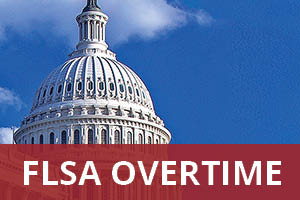
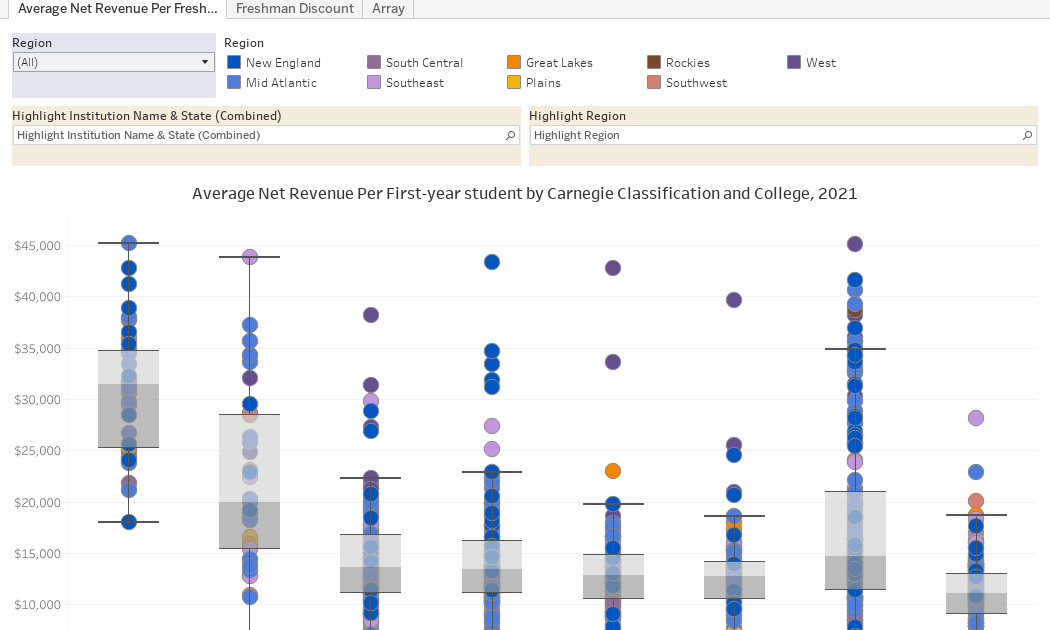
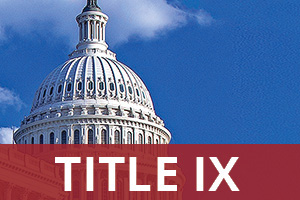

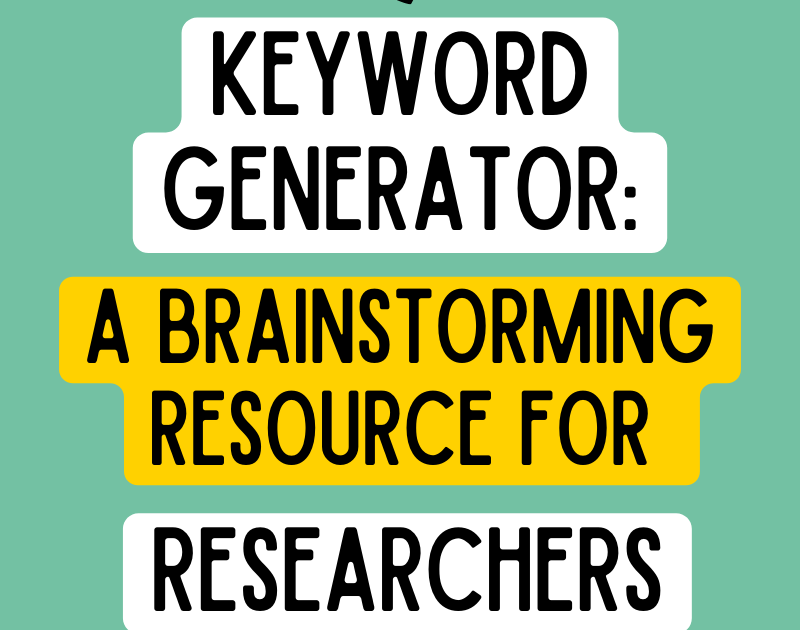
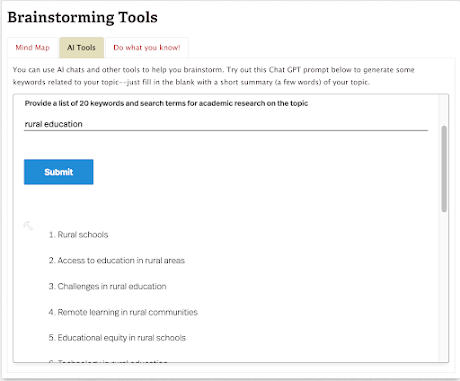

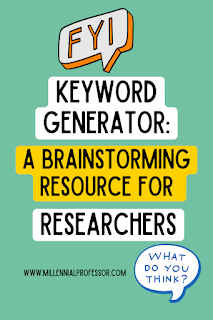


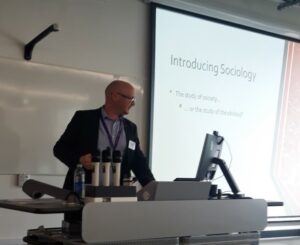 The afternoon was completed by a lecture from Go Higher’s sociology lecturer, Dr David Ellis (left), who discussed his research in a talk titled ‘Towards a Sociology of Debt: Cultural Change in Britain and Beyond’. David explored the deregulation of banking by the Conservative Party in the 1980s, and the impact that it is still having today. A major point of discussion was what constituted ‘credit’ and how it differed from ‘debt’. There were so many comments and questions following this that we reached the end of the day before we knew it.
The afternoon was completed by a lecture from Go Higher’s sociology lecturer, Dr David Ellis (left), who discussed his research in a talk titled ‘Towards a Sociology of Debt: Cultural Change in Britain and Beyond’. David explored the deregulation of banking by the Conservative Party in the 1980s, and the impact that it is still having today. A major point of discussion was what constituted ‘credit’ and how it differed from ‘debt’. There were so many comments and questions following this that we reached the end of the day before we knew it.